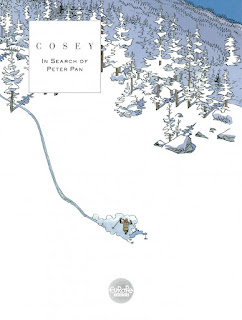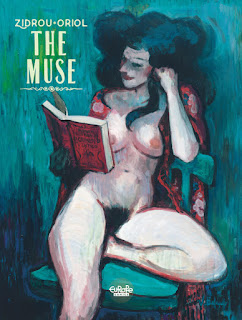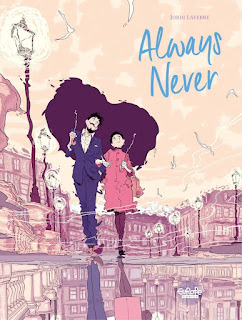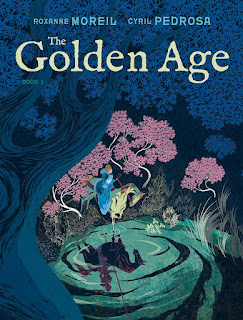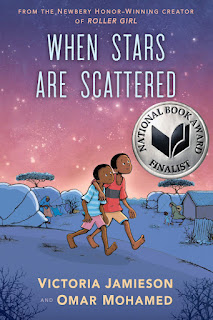Trese, Vol. 2: Unreported Murders by Budjette Tan and KaJo Baldismo
I feel like I did this already, but that was a decade ago, so maybe I need to do it again.
Also, and probably more importantly, the last time I talked about this book, it wasn’t actually available at my end of the Pacific at all, which made my praise slightly beside the point for most people. But, luckily, the Trese books are now coming out from Ablaze: the third volume hit in January and the fourth (which is beyond where I saw the first time around) is coming in May.
But, here we are with Trese 2: Unreported Murders , collecting what were four issues of the floppy-comics series of the same name, originally published in the Philippines sometime in the mid-Aughts. (See also my post from last year on the first book in its Ablaze edition.) Trese is our main character: Alexandra Trese, who runs a bar in Manilla and also is called in by the police on “weird” cases.
This is an urban fantasy, of the common subset that assumes every folkloric or imagined creature is real – they’re all out there somewhere, and they interact with each other and mankind in complicated and often violent ways. Sometimes they need to be dealt with, or just figured out. That’s what Trese does, and what – as we get some hints in these stories – her father did before her.
On a base level, Trese is just good urban fantasy: taut, exciting, full of action and mystery and strangeness. For Filipinos, there’s the added frisson that the fantasy creatures are all part of their folklore – this isn’t yet another story full of the same old boring werewolves and vampires and tedious brain-eating zombies. For non-Filipinos, I think that’s an even better point: these are strange creatures. I don’t know what they are, what they might do, how they connect to the world, what their powers and concerns are. Fantasy all too often falls into the familiar; Trese has no truck with that.
And even more than that, Trese has the secret weapon of KaJo Baldismo’s art. Writer Budjette Tan gives him a lot to work with, true – all of those strange and frightening creatures, all of the odd corners of urban life where they lurk – but Baldismo’s pages, more often with black backgrounds than white, are gloriously detailed and atmospheric, moving from sketchy figures obscured by mist to tight close-ups on detailed faces quickly and confidently. And don’t get me started on the creatures he draws: Baldismo draws the details of horror as well as anyone since Swamp Thing-era Steve Bissette , and has a similar taste for both small things crawling and damp things flying.
As I said, this book collects four stories, four cases. They all have a similar structure: something bad is happening, Trese is called in, and it all gets worse before she fixes it, with the aid of her two bodyguards (not explained here, though they’re clearly something folklorically specific, like all of the other supernatural elements), her connections, and her knowledge. They’re good stories , creepy and specific and dark and ominous and startling. And, these days, they’re easy to find in the USA, so there’s no excuse not to read them.
Reposted from The Antick Musings of G.B.H. Hornswoggler, Gent.










